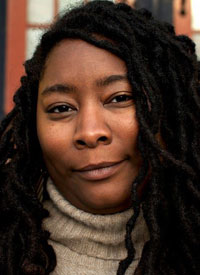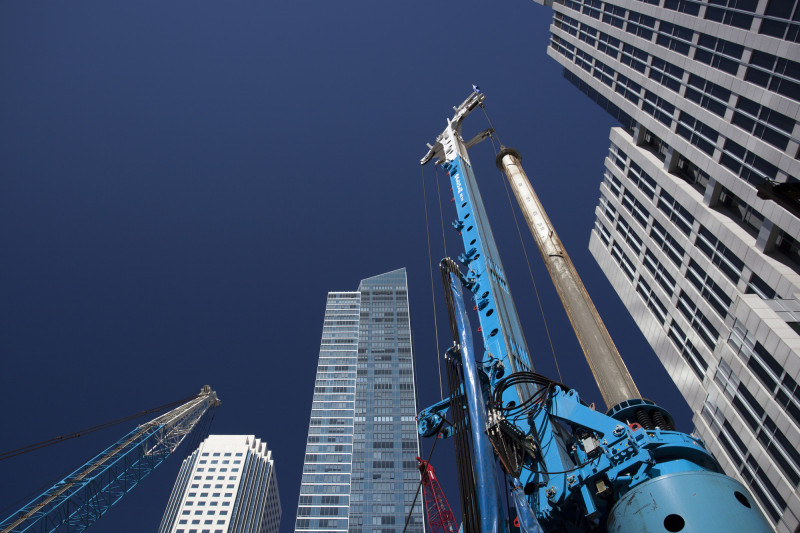“I just feel vulnerable,” says Eaton, who grew up outside Chicago and has lived many places in the Midwest and on the East Coast. “And I want control of my own space. I want to have kids someday soon, and I can’t have a kid in this apartment and have a healthy semblance of a life."
So Is It a Bubble?
“This is not a bubble,” says Chris Thornberg, an economist in Los Angeles.
Though he’s just one guy, we called him because he has the dubious distinction of having predicted the 2008 market crash. His colleagues used to call him “Dr. Doom.”
He says that the money flooding the Bay Area isn’t built on speculation like the last boom.
“These are people with real money, with real incomes,” he says. "They have enough money to live in whatever cities and neighborhoods they want, so if there’s not enough high-end housing, they’ll just gentrify lower-income neighborhoods."
And while the growth may slow, it won’t stop, Thornberg predicts. He believes the solution is a matter of adding to the housing supply. As more units come on the market, prices become more reasonable for everybody, he says.
But others argue that without policies making sure some of the housing is affordable, it’s not going to make any difference for middle-class and poor people.
“That’s completely wrong,” Thornberg says. “The evidence tends to suggest that for the most part, when you start layering rule after rule after rule on real estate developers, ultimately you end up simply hurting the supply worse."
So what should Eaton do?
Thornberg's answer? Buy now. Anything you can get.
The Bigger Problem
“Did you tell him what I do for a living?” Eaton said, laughing, when we told her Thornberg’s advice. “I can’t just plop down $200K for a condo in deep East Oakland. That’s great advice for someone who has a lot of equity and doesn’t work in nonprofits.”
Eaton reached a troubling conclusion: “It’s time for me to leave."
But is that really her only hope?
Paul Saffo is a technology forecaster who thinks about the future of the Bay Area for a living. He said he’d understand if someone like Eaton chose to leave, but he thinks we should try really, really hard to keep her here.
“I’m less concerned about your caller’s problem than the region’s problem,” he says.
More and denser housing alone isn’t going to keep people like Eaton here, says Saffo. We also have to build better transit, bend outdated rules and think creatively about how the region works.
Some work on this front is already underway. People have proposed new rules for in-law apartments, and some are banding together to buy buildings cooperatively through structures like co-ops and land trusts.
Saffo says we all need to start thinking cooperatively -- to see the Bay Area as a city-state. Even if this isn’t a bubble, the reality is that single-industry booms don’t last forever, he says.
“I think the danger today is becoming a monoculture,” said Saffo. “So we need to keep thinking about diversity in the ecological sense of lots of different kinds of people, lots of different kinds of industries, lots of different kinds of housing. That’s what protects us when booms go bust.”
Submit a question you’d like us to answer as part of our Boomtown series.
Disclaimer: N’Jeri Eaton is a friend of Casey Miner. She asked KQED her question before Miner received the assignment to answer it.

